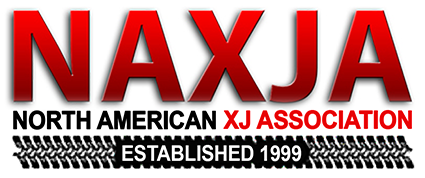Hey ya'll, I have been battling a bout with re-occuring death wobble for about the last year. I have replaced basically everything that can cause it and have upgraded to a cross-over steering set-up above the steering arms on the knuckles and raised the trac-bar to match. Wheel bearings are good, castor is good, allignment is good, all TRE's are good, trac-bar good, ball joints good, suspension bushings good, and I still get the goshdarned wobbles if I hit a sharp bump going 45 or so and above. Could all the wobble in the past messed up my steering box and now that could be the cause? I am running out of ideas, patience, and money, so any help would be greatly appreciated! Also, besides from doing the jiggle and inspect method of checking ball joints and wheel bearings?
Bryan
Bryan

 long enough to participate in some of the very long and involved discussions we have had about what "causes" death wobble and what "fixes" it. As I commented, out of all those discussions one of the very few constants was that almost universally people reported increased caster either eliminated or reduced death wobble.
long enough to participate in some of the very long and involved discussions we have had about what "causes" death wobble and what "fixes" it. As I commented, out of all those discussions one of the very few constants was that almost universally people reported increased caster either eliminated or reduced death wobble.